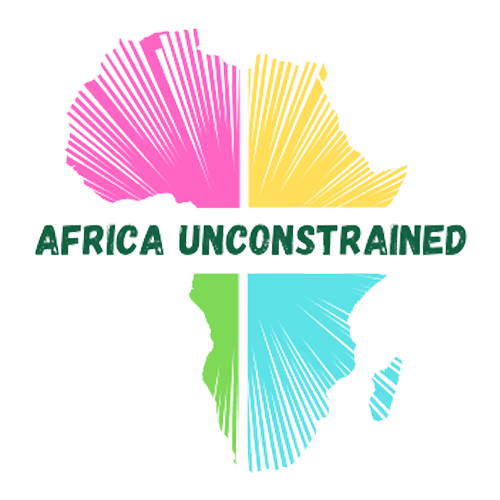
Data










In the 1980s, Ethiopia accumulated a substantial amount of debt chiefly to procure arms for its civil war with present day Eritrea. The diversion of resources away from productive sectors was associated with low economic growth, which averaged 0.7% during the 1980s decade. The combination of rising debt, higher interest rates on the debt due to global shocks, and poor GDP performance led to a rapid increase in the debt to GDP ratio, which peaked at 151% in 1994. The country’s indebtedness was eventually brought under control in the 2000s through various debt relief efforts, as shown below.
In recent years, Ethiopia has been one of the world’s fastest growing economies, with annual GDP growth averaging 9.1% from 2015 to 2019 on the back of public investment and private consumption. Starting from a low base, the country has prioritized public investment financed through debt, which propelled the growth of manufacturing and services but led to a doubling of public debt to 60% of GDP in the last decade. It has the highest expected growth rate in 2020, 3.2%, amongst all countries this guide has analysed.
8.7%
Economic Growth
4 / 8
DR's Debt Transparency Index
51.6%
Gross Debt Position % Of GDP
-8.1%
Budget balance 2021
Ethiopia
Debt to GDP Ratio
Despite strong growth, tax revenue as a share of GDP has consistently declined since 2014, reaching 7.5% in 2019, due to poor tax compliance in key sectors and political unrest. Nevertheless, the Ethiopian government made progress in narrowing the budget deficit to 2.5% last year through expenditure cuts and fiscal consolidation in response to lower revenue collection. Key interventions included the implementation of a Public Debt Management and Guarantee Issuance Directive to reduce borrowing by state-owned enterprises as well as a reduction in public imports.
The IMF has assessed Ethiopia’s debt sustainability rating as high risk in 2019 because of the country’s limited sources of foreign exchange in light of poor export performance. Exports represent only 7.9% of GDP, one of the lowest in Africa. The composition of exports is relatively undiversified and commodity-dependent, with low value-added vegetable products accounting for 64.7% of total exports. Partly as a consequence, Ethiopian reserves are low and vulnerable: at just $4.2 billion in 2019, usable reserves are hardly enough to cover 2 months of imports. Recognizing these issues, the government has introduced a Homegrown Economic Reform Plan (HERP) comprising macroeconomic, structural and sectoral policies to reduce instability.
Ethiopia
Revenue and Budget Balance

No Data Found
China is Ethiopia’s largest bilateral creditor, with outstanding debt accounting for 32% of the latter’s public debt stock, followed by the World Bank at 31% as of 2020. However, Chinese loans represent a disproportionately higher share of total debt service at 42% due to higher interest rates associated with this source of credit. Ethiopia has borrowed from China to fund more than 50 projects, including $3 billion for the expansion of telecommunications, $2.5 billion for the Addis-Djibouti railway, $2.3 billion for hydropower plants and $1.7 billion for sugar mills.

China Debt : GDP Ratio (%)
External Debt Stock to China vs. Other Countries (USD millions)
No Data Found
The IMF and the Jubilee debt campaign predict that the country is at high risk of a debt crisis in 2020. The public debt to GDP ratio is forecast to rise to 80% in 2020 due to pressures on balance of payments, a 40% rise from 2019. According to the IMF, the existence of state-owned enterprises (SOEs) is a major factor leading to debt vulnerability, with no transparency in terms of access to budget frameworks and financial statements. The government has tried to address this issue through privatization, limiting SOEs’ access to non-concessional loans as well as renegotiating the grace periods and loan maturities associated with some SOE loans. However, Ethiopia dedicates the lowest share of government expenditure to servicing its debt amongst all countries analysed in this report, reflecting the low interest rates and long grace periods it enjoys on its debt.
Furthermore, the Ethiopian economy is expected to grow at a rate of 3.1% in 2021 according to AfDB’s ‘worst case’ forecast, assuming global economic recovery. This is substantially lower than the country’s pre-pandemic growth track record not just because of potentially prolonged worldwide disruptions, but also because domestically the development strategy seems to be changing based on IMF recommendations. In line with the HERP, the government aims to focus on addressing macroeconomic stability, such as keeping inflation in check as well as promoting debt sustainability, alongside greater private sector involvement. Therefore, growth may be subdued in the medium term as Ethiopia tries to take a more austere approach.
External Debt
No Data Found

No Data Found
Acknowledgements:
and The Development Reimagined Team
Statement on use of data:
55%
Listening Music
47%
Reading
36%
Gardening
25%
Sleeping


60%
Watching Tv
19%
Meditation




COVID-19
No Data Found


